Introduction to Short Stroke Pistons
Understanding Engine Configuration
The piston is a crucial component of an engine, responsible for converting fuel into mechanical energy. Among various piston designs, short stroke piston has gained attention for their unique benefits. In engine design, the stroke refers to the distance the piston travels within the cylinder. A short stroke configuration typically features a shorter distance between the top and bottom dead centers during operation. This design can profoundly impact engine performance, particularly in terms of power and torque.
The Relevance of Power and Torque
Power and torque are essential metrics used to evaluate an engine’s performance. Power generally refers to the engine’s ability to do work over time, while torque measures rotational force. Both attributes are vital for vehicle acceleration, responsiveness, and overall performance. Short stroke piston can influence these aspects by altering the engine’s characteristics, making them an important subject in the automotive world.
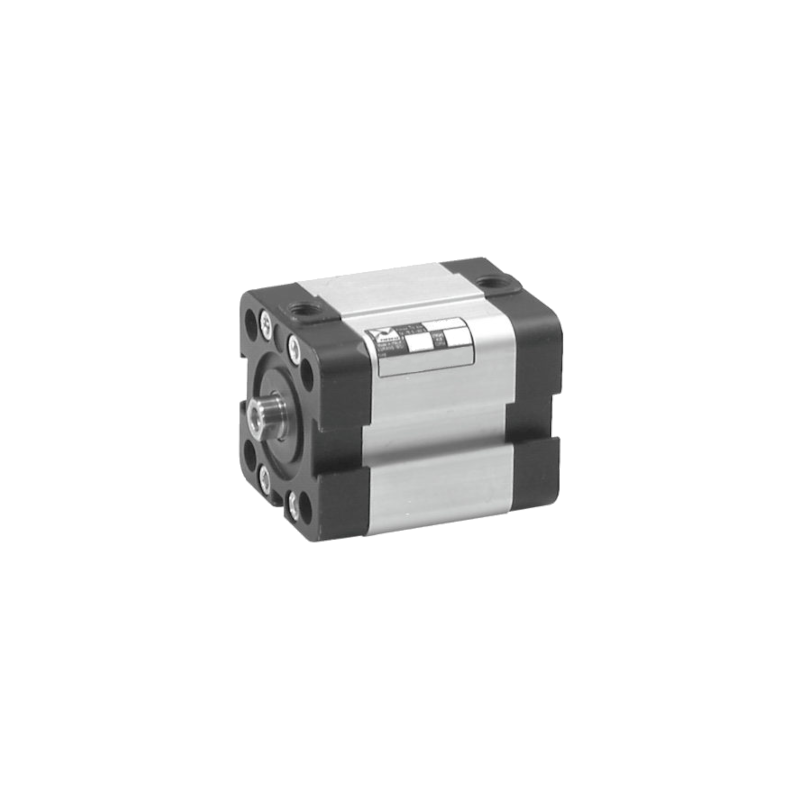
Purpose of the Article
This article aims to explore the impact of short stroke piston on power and torque in internal combustion engines. By examining their design, benefits, and performance implications, readers will gain a comprehensive understanding of why and how these pistons are utilized in various engine configurations. Additionally, we will look at real-world applications and the implications to better grasp their role in engine mechanics.
Design Characteristics of Stroke Pistons
Dimensions and Configuration
Short stroke pistons are engineered with specific dimensions that differentiate them from their long stroke counterparts. The shorter length of the stroke means that the piston does not travel as far up and down within the cylinder. This design alters the engine dynamics, including the combustion chamber shape and the overall engine displacement.
In many cases, a short stroke piston will have a larger bore diameter compared to the stroke length. This configuration optimizes the piston’s surface area, which contributes to enhanced airflow and better volumetric efficiency. The balance between bore and stroke can lead to specific advantages in engine design, catering to particular performance needs.
Material Considerations
Materials used in the construction of short stroke pistons are also significant. Manufacturers often opt for lightweight and durable materials, such as aluminum alloys or forged steel, to improve performance. A lightweight piston allows for quicker acceleration and reduced inertia, which can make a noticeable difference in how responsive the engine feels.
Moreover, the material chosen must withstand high temperatures and pressures during the combustion process. The advanced materials used in today’s short stroke piston provide the necessary strength and thermal stability, ensuring the longevity and reliability of the component under strenuous conditions.
Piston Shape and Design Features
The shape of a short stroke piston can vary based on the intended application. Some may feature a flat or slightly domed crown, while others include specialized designs to improve combustion or reduce emissions. Aerodynamic contours also play a role in piston performance, allowing for better airflow within the combustion chamber.
Additionally, piston design often incorporates features such as oil grooves to promote lubrication and minimize friction. These engineering details improve the efficiency of short stroke pistons, facilitating better power delivery and torque production throughout the engine’s operating range.
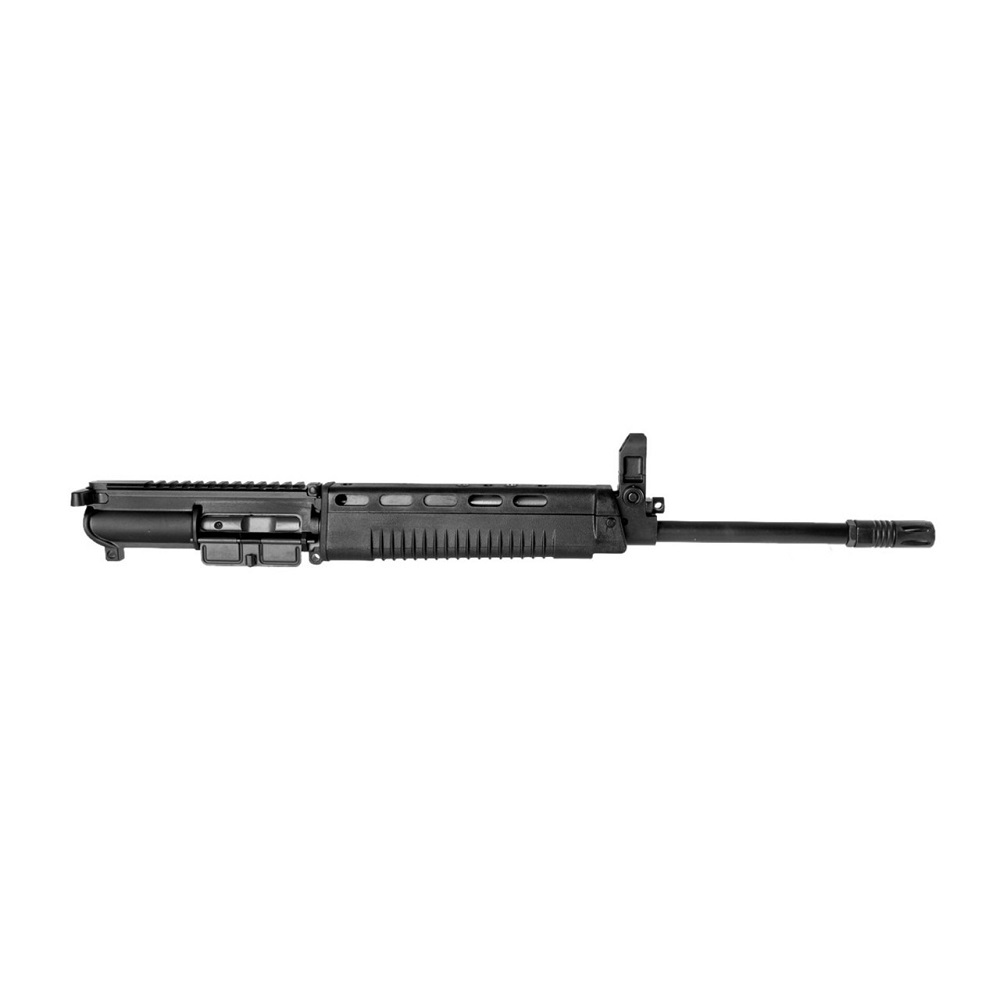
Effects of Stroke Pistons on Engine Performance
Heat and Inertia Management
One of the main advantages of short stroke piston is improved heat management. Because the piston travels a shorter distance, it generates less friction and heat compared to a long stroke piston. This reduction in heat contributes to the overall efficiency of the engine, lowering the risk of overheating and potential damage during operation.
Furthermore, lower inertia improves engine responsiveness. The reduced weight and mass of short stroke piston result in quicker acceleration times and smoother engine transitions during varying RPMs. Riders and drivers alike will notice the effect of enhanced performance, especially during rapid changes in speed or gear transitions.
Power Band Optimization
Short stroke pistons help optimize the engine’s power band, which refers to the range of engine speeds at which optimal power output occurs. Short stroke configurations typically produce peak power at higher RPMs compared to long stroke pistons. This trait enables the engine to generate more horsepower in sports cars and performance motorcycles, making them more suitable for activities demanding high revs and quick acceleration.
The trade-off is that engines with short stroke pistons often produce less torque at lower RPMs. This characteristic means that while the engine may excel at higher speeds, it may feel less responsive during low-end acceleration. Manufacturers often balance these characteristics by pairing short stroke pistons with suitable gearing or turbocharging systems that enhance low-end torque.
Emissions and Fuel Efficiency
The shape and design of short stroke pistons can positively impact emissions and fuel efficiency. By promoting more efficient combustion within the cylinder, these pistons can contribute to improved fuel economy. This occurs in part due to enhanced airflow; the optimized design of short stroke pistons allows for more complete combustion, resulting in fewer unburnt particles leaving the exhaust.
Moreover, manufacturers are increasingly focused on meeting strict emissions regulations. Engines utilizing short stroke pistons can reduce harmful emissions thanks to their ability to burn fuel more efficiently, making them an environmentally-friendly option in the automotive landscape.
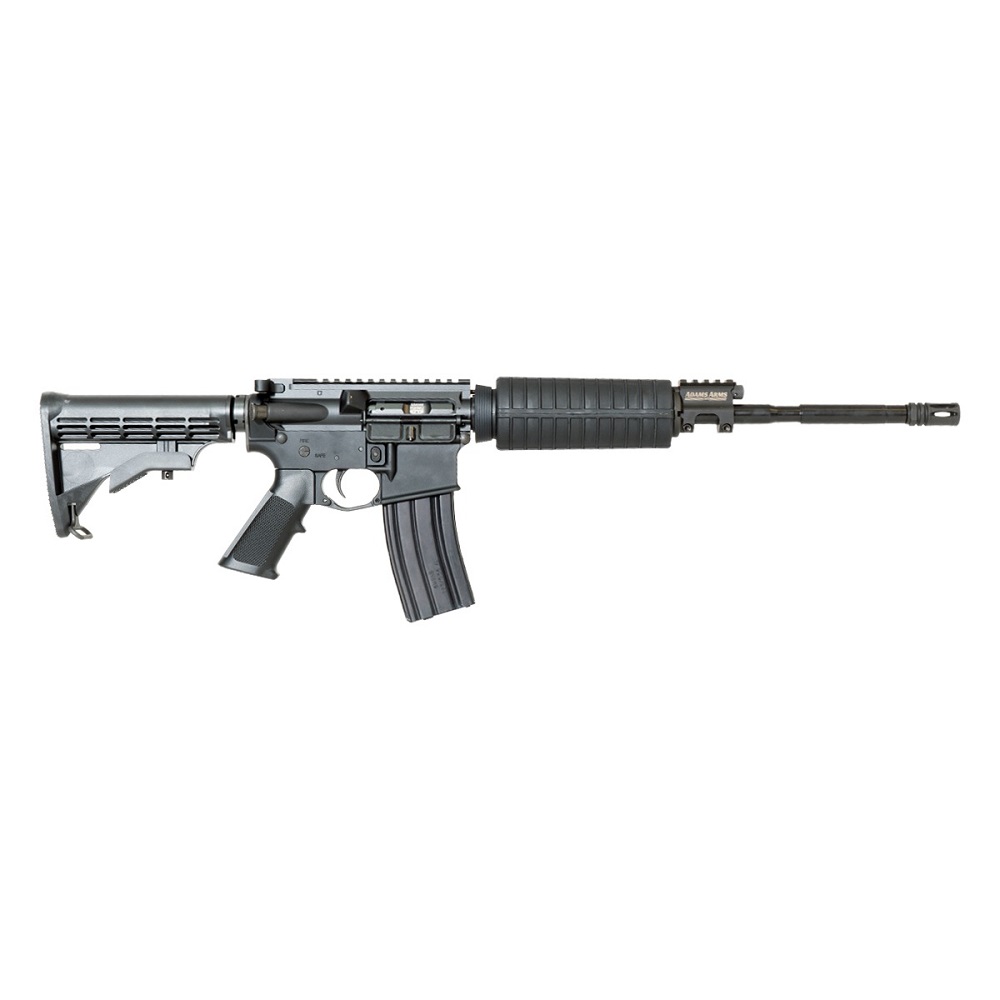
Real-World Applications of Stroke Pistons
Performance Sports Cars
One of the most prominent applications of short stroke pistons is found in performance sports cars. Many high-performance vehicles, such as those produced by brands like Ferrari, McLaren, and Porsche, feature engines designed with short stroke configurations. These engines produce high RPM power, allowing for exhilarating acceleration and top-end speed.
The characteristics of short stroke pistons enable these cars to perform exceptionally in racing and track conditions, where engine responsiveness and peak power are critical. The short stroke design effectively contributes to the thrill of driving, making these vehicles sought-after by enthusiasts and collectors.
Motorcycles and Racing
The motorcycle industry also embraces short stroke pistons in various performance bikes. Many sportbikes, such as those from Kawasaki, Honda, and Yamaha, utilize compact engines that incorporate short stroke designs. These models prioritize lightweight performance and high RPM capabilities, providing thrilling rides.
Additionally, competitive racing organizations often require motorcycles to have specific engine configurations. Short stroke pistons meet the demands of professional riders looking for speed and agility on the racetrack. As the motorcycle racing scene evolves, innovations related to piston design continue to shape the performance landscape.
Turbocharged and Supercharged Engines
Turbocharged and supercharged engines often benefit from short stroke piston designs as well. Due to the heightened levels of boost pressure and the need for efficient airflow, these configurations are designed to maximize the benefits of increased power while mitigating the potential downsides of low-end torque.
The combination of forced induction and short stroke pistons leads to engines that can generate high power outputs while still maintaining relative efficiency. This balance is essential for modern performance vehicles that require both speed and fuel economy, presenting a dynamic capability suited for various driving conditions.
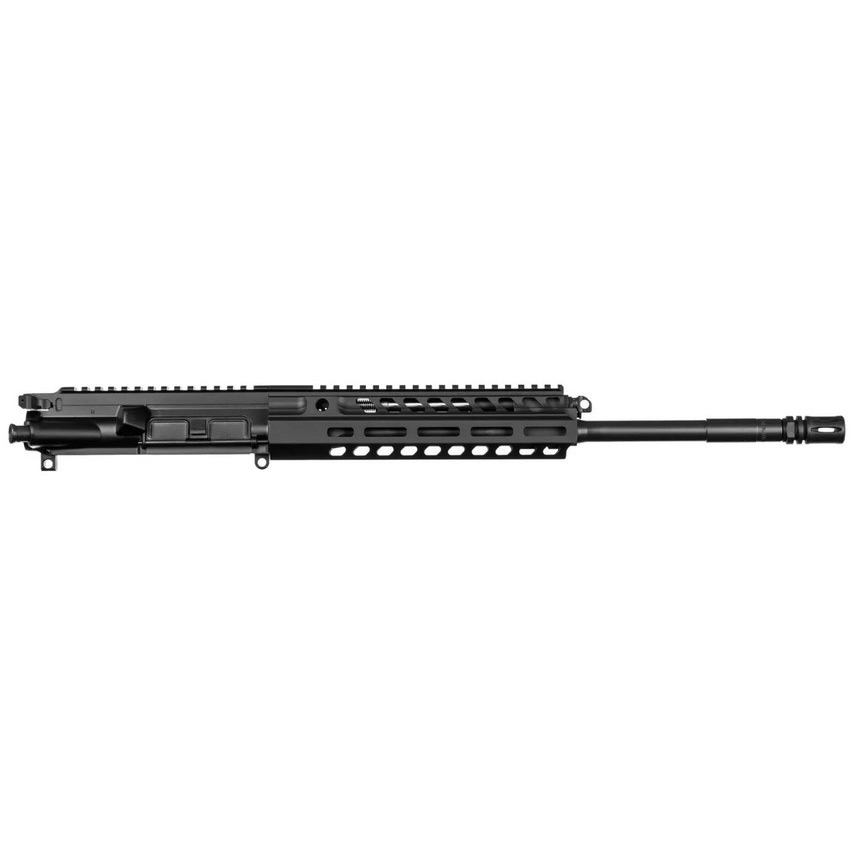
Maintenance of Short Stroke Pistons
Regular Inspections
To ensure the longevity and performance of short stroke pistons, regular inspections are necessary. Mechanics should check for signs of wear or damage, particularly at the ring grooves and piston skirts. These areas are subject to significant stress and can wear down over time, affecting overall performance.
Checking the condition of the piston rings is also essential, as damaged or worn rings can result in loss of compression and increased oil consumption. Regularly scheduled maintenance helps identify these issues early, preventing potential engine failure and costly repairs.
Importance of Lubrication
Adequate lubrication plays a critical role in extending the life of short stroke piston. Quality motor oil reduces friction, dissipates heat, and forms a protective layer between engine components. Using the appropriate oil grade as specified by the vehicle manufacturer ensures optimal performance.
Periodically changing the oil and monitoring levels contribute to the engine’s health. Any contaminants in the oil can lead to increased wear on the pistons and rings. Proper care and attention to lubrication are vital in maintaining the efficiency and functionality of the engine over the long term.
Temperature Management
Effective temperature management is crucial for the optimal performance of short stroke piston. Excessive heat can cause piston expansion, leading to tighter clearances and increased friction. This situation can ultimately compromise performance and shorten the lifespan of the component.
Riders should monitor the engine temperature regularly, ensuring that the cooling system is functioning correctly. Additionally, making use of aftermarket cooling solutions, such as upgraded radiators or oil coolers, can help prevent overheating and maintain engine performance under various driving conditions.
Conclusion: The Impact of Short Stroke Pistons
Emphasizing Engine Performance
In summary, short stroke pistons are a vital component in modern engines, significantly impacting performance, power characteristics, and efficiency. Understanding their role provides insight into how engines function and thrive in countless applications, from performance sports cars to motorcycles.
A Look Toward Innovation
As technology continues to advance, the design and functionality of short stroke pistons will likely evolve. Continuous research in materials science, manufacturing processes, and engine efficiency will enhance the performance of these components. Manufacturers are continually refining their designs to harness the benefits of short strokes while meeting the demands of performance and environmental standards.
The Future of Engine Design
The future of short stroke piston technology holds immense potential. The emphasis on performance, efficiency, and sustainability will drive the development of new designs and systems. As the automotive and motorcycle industries continue to innovate, riders will experience the thrill of short stroke-engine capabilities in a myriad of exciting ways.
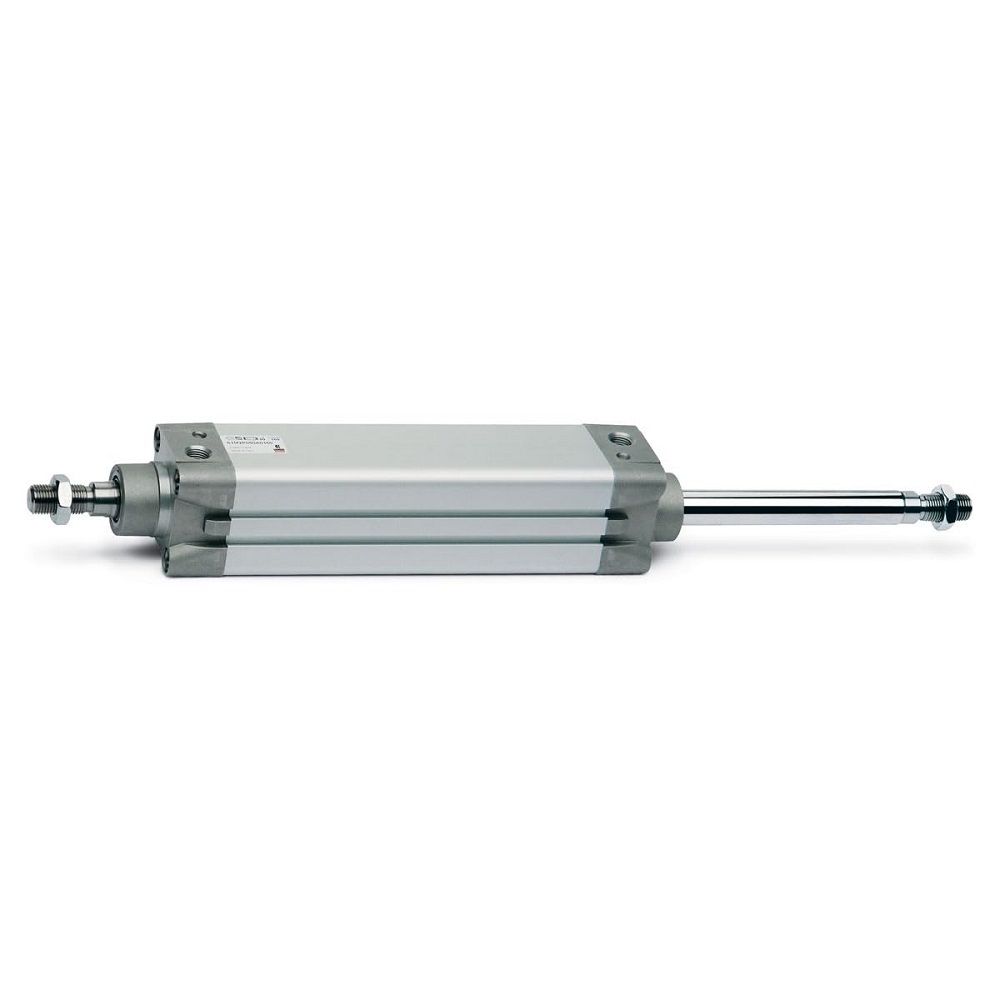
Encouraging Enthusiasts and Tech-savvy Riders
Finally, for automotive and motorcycle enthusiasts, understanding short stroke pistons allows for informed discussions about performance tuning and effective maintenance. Those who appreciate the intricacies of engine design can share valuable insights and foster a deeper connection with their machines. By embracing this knowledge, you’ll enhance your riding experience and deepen your appreciation for the remarkable technology that powers today’s vehicles.